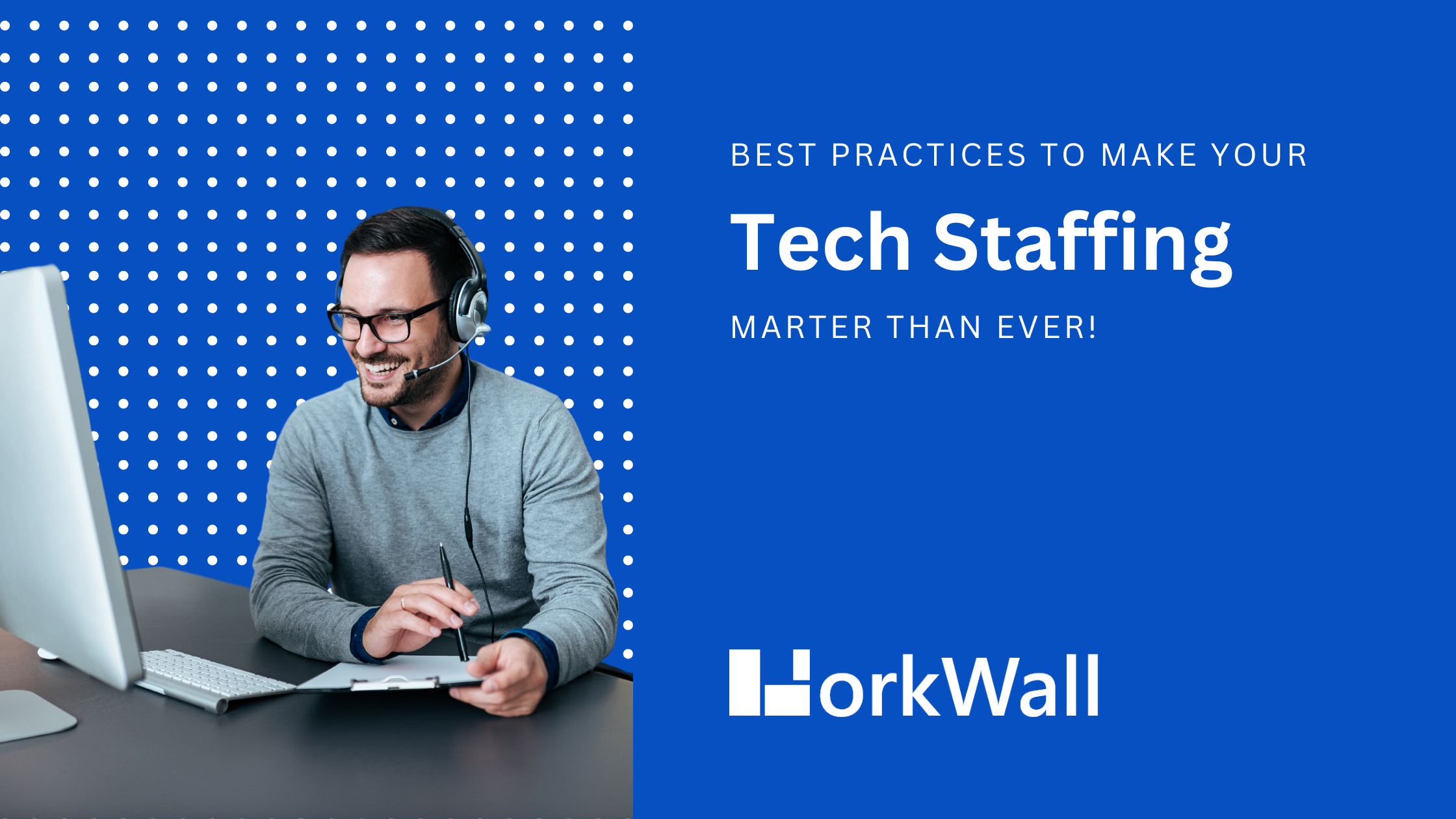.png)
.png)
The concept, once limited to science fiction, is now driving innovation across cloud computing, enterprise software, automotive, and even healthcare. As companies scale operations and become increasingly dependent on digital infrastructure, the demand for resilient, fault-tolerant systems is exploding. In this post, we’ll explore what self-healing AI is, how it works, where it's making the biggest impact, and why now is the right time for tech leaders to start paying serious attention.
.png)




At its core, a self-healing AI system is a technology framework that can autonomously detect, diagnose, and resolve anomalies. It combines monitoring tools, machine learning algorithms, and decision-making engines to reduce system downtime, enhance security, and adapt in real time.
Much like the human immune system, self-healing AI learns from each event, making the system smarter and more resilient over time.
In complex systems, these steps occur simultaneously across multiple layers (hardware, software, network), forming a real-time self-repair ecosystem.
According to a 2024 Gartner report, IT downtime costs companies an average of $5,600 per minute. Self-healing AI can cut this dramatically.
Self-repairing systems reduce dependency on 24/7 IT teams. This translates to a 30-50% reduction in maintenance costs over time.
These systems can detect and patch vulnerabilities before exploitation. They also learn from attempted intrusions to build stronger defenses.
As systems grow, AI handles scaling, configuration tuning, and load balancing—without rewriting massive infrastructure.
Free from firefighting, IT teams can focus on product improvements, experimentation, and delivering user value.
"The best doctor in the world is the human body; it knows how to heal itself. Technology should follow the same path."
Despite its promise, self-healing AI has a few obstacles:
If you're looking to build or scale self-healing systems, WorkWall connects you with vetted developers, MLOps experts, and automation engineers.
Just post your tech challenge—be it anomaly detection, auto-remediation scripts, or container orchestration—and receive proposals from qualified specialists within days.
Example: A retail tech startup posted a request to build a self-healing checkout system. Within 48 hours, they were collaborating with a WorkWall-vetted team that deployed a scalable solution using AWS Lambda, CloudWatch, and custom alerting within two weeks.
Self-healing AI isn’t just a technical milestone—it’s a mindset shift. It enables IT ecosystems to become more adaptive, resilient, and human-centric.
In a world where system outages can bring operations to a halt, the ability to recover autonomously is not a luxury—it’s a necessity.
The good news? The tools, frameworks, and talent are already here. Whether you’re modernizing legacy systems or building next-gen platforms, now is the time to explore how self-healing AI can become your organization’s digital immune system.
Join the movement. Start small. Scale smart. Let your machines do the fixing.
Explore WorkWall for AI Teams to connect with AI developers who build systems that heal themselves.
.png)





In today’s interconnected world, the tech industry is experiencing a profound transformation. Cross-border tech collaborations have become the new norm, and their impact is nothing

In the fast-paced tech industry, smart staffing is not just an advantage; it’s a necessity. The success of your tech firm relies on having the right people with the right skills a

Hello, fellow tech innovators and visionaries! I’m thrilled to share my insights on one of the most transformative aspects of modern work culture.

In the fast-paced world of technology, project managers play a pivotal role in ensuring that projects are delivered on time and within budget

In today’s fast-paced, competitive business landscape, talent acquisition has become a constant challenge.

In the fast-paced realm of technology, networking has never been more critical. It’s the lifeblood that pumps innovation and opportunity into the veins of tech firms

In the ever-evolving landscape of technology, innovation is the name of the game. For tech firms to remain competitive and stay ahead of the curve.

In the fast-paced world of technology, the only constant is change. Tech skill demands are constantly evolving, and staying ahead of the curve is crucial for any IT firm

In today’s fiercely competitive tech industry, retaining top talent is a key challenge that tech firms face.
Stay ahead of the tech curve! Subscribe to our weekly newsletter for a curated dose of the latest industry insights, project highlights, and exclusive updates.